Our planet is in peril. The once-distant threat of climate change has materialized into a pressing global crisis. The evidence is undeniable: rising global temperatures, melting glaciers, extreme weather events, and shifting ecosystems are all stark reminders of the human impact on our environment.
What is Climate Change?
Climate change refers to long-term shifts in temperature and weather patterns. These shifts may be natural, but since the 1800s, human activities have been the main driver of climate change, primarily due to the burning of fossil fuels like coal, oil, and gas.
The Greenhouse Effect: A Delicate Balance
The Earth’s atmosphere naturally traps heat from the sun, keeping our planet warm enough to sustain life. This process, known as the greenhouse effect, involves gases like carbon dioxide, methane, and nitrous oxide, which act like a blanket, absorbing and re-emitting heat.
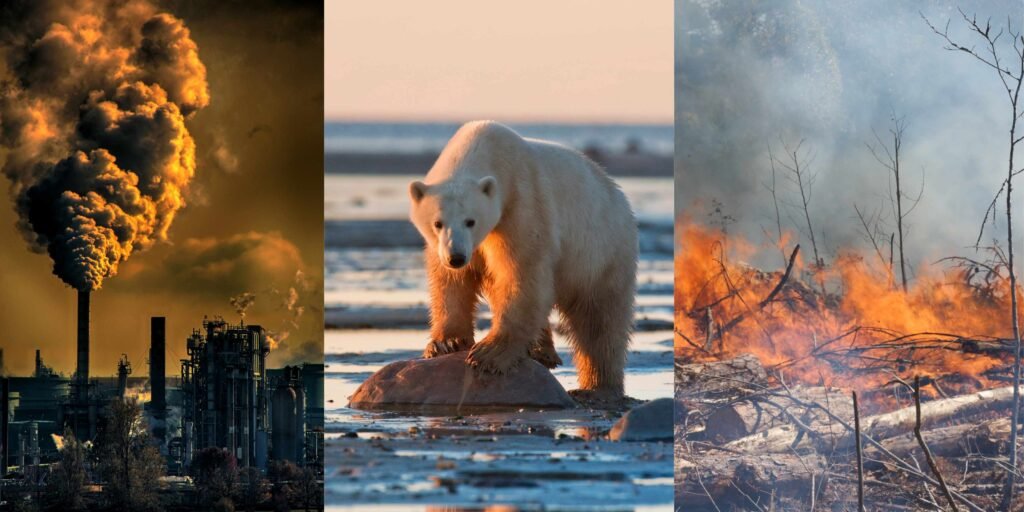
However, human activities, such as deforestation and the burning of fossil fuels, have significantly increased the concentration of these greenhouse gases in the atmosphere. This enhanced greenhouse effect is causing the planet’s temperature to rise at an alarming rate. This is commonly known as Global Warming.
Global warming is further causing glaciers and ice sheets to melt, contributing to rising sea levels. This threatens coastal cities and small island nations.
The Interconnection Between Climate Change & Global Warming
As the planet warms, it leads to a chain reaction of climate changes. These changes in temperature and precipitation patterns disrupt ecosystems, affecting biodiversity and the delicate balance of nature.
For instance, warmer temperatures can cause more extreme weather events, such as hurricanes, droughts, and floods.
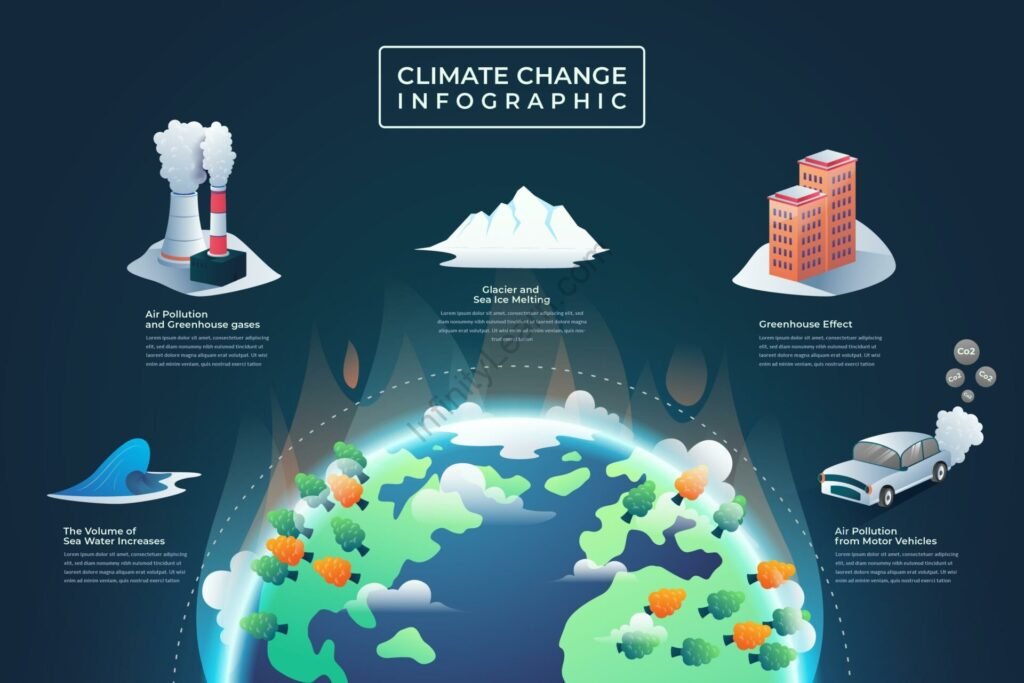
The Major Causes of Climate Change
Climate change is driven by a combination of human activities and natural factors. Below are the key contributors:
1. Burning of Fossil Fuels
The largest driver of climate change is the combustion of fossil fuels like coal, oil, and natural gas. These are used for electricity generation, transportation, and industrial processes, releasing large amounts of CO₂ into the atmosphere.
2. Deforestation
Forests act as carbon sinks, absorbing CO₂ from the atmosphere. However, deforestation for agriculture, urbanization, or logging reduces this capacity. Worse, burning or decaying trees release stored carbon, intensifying the problem.
3. Industrial Activities
Factories and industrial processes emit greenhouse gases, including CO₂ and methane, as well as pollutants like black carbon, which accelerates warming by absorbing sunlight.
4. Agriculture
Agricultural activities, particularly livestock farming, contribute to climate change. Cattle produce methane during digestion, while rice paddies and fertilizers release nitrous oxide. Additionally, land-use changes for farming lead to habitat destruction and increased emissions.
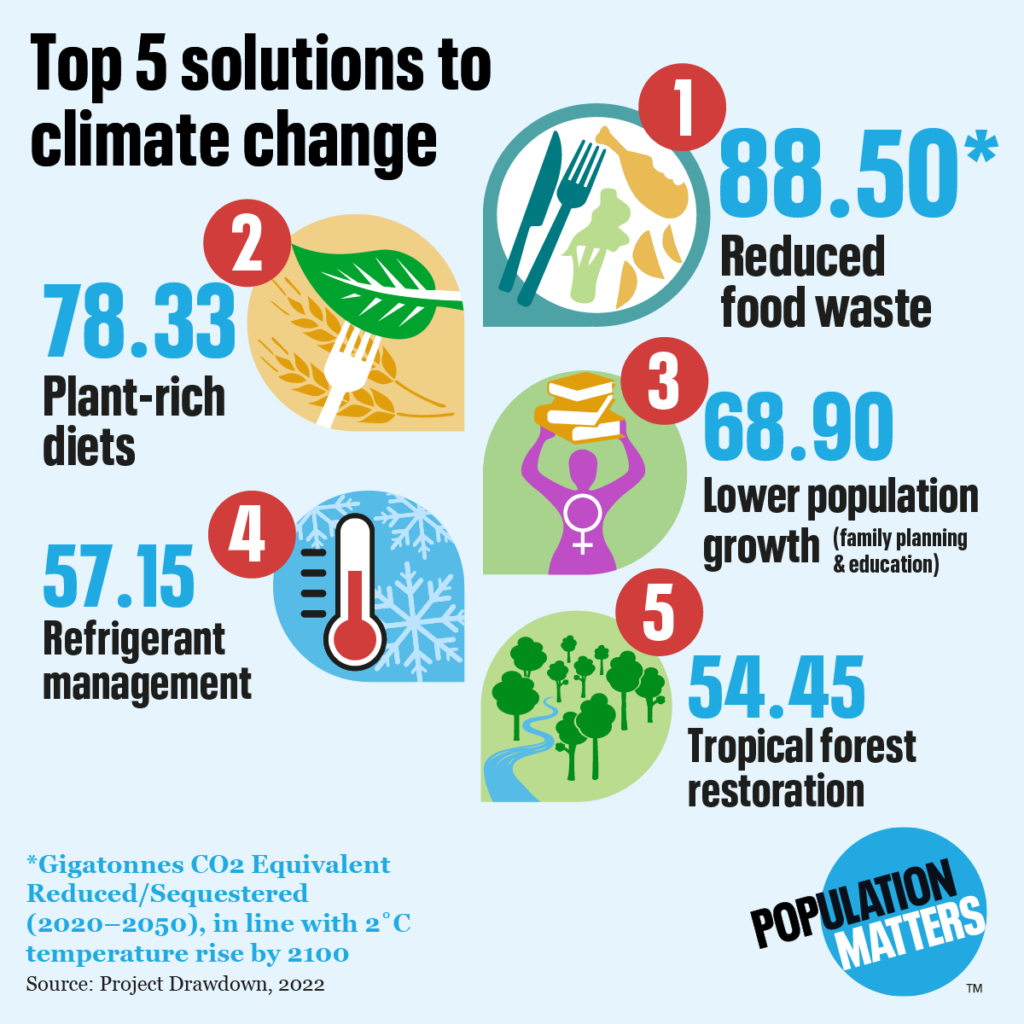
5. Waste Mismanagement
Decomposing organic waste in landfills generates methane, a potent greenhouse gas. Poorly managed plastic waste also contributes to environmental degradation, indirectly affecting climate systems.
6. Transportation
Cars, trucks, ships, and airplanes rely on fossil fuels, making transportation a significant contributor to global greenhouse gas emissions. Rapid urbanization and increasing vehicle ownership exacerbate the problem.
7. Energy Consumption
Excessive reliance on non-renewable energy sources, such as coal-fired power plants, accounts for a large share of global CO₂ emissions.
8. Overconsumption and Consumerism
Unsustainable consumption patterns lead to excessive production, waste generation, and resource depletion, further straining the planet’s ecosystems.
Understanding these causes highlights the areas where changes are most urgently needed, both at individual and systemic levels.
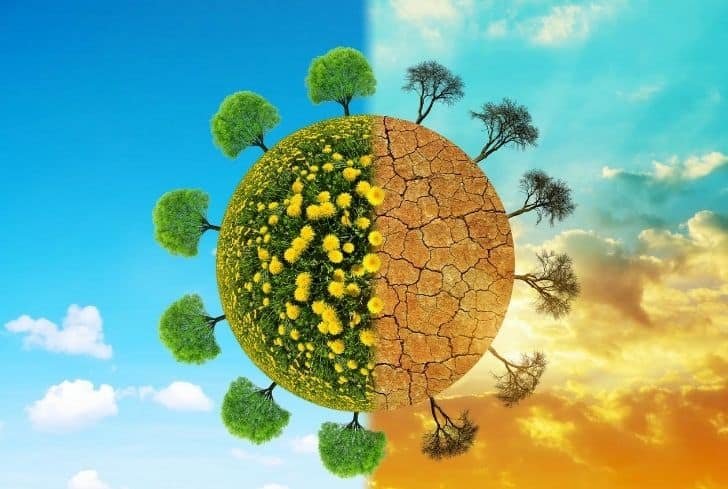
The Consequences of Climate Change
The consequences of climate change are far-reaching and potentially catastrophic. Some of the most significant impacts include:
- Rising Sea Levels: As global temperatures rise, glaciers and ice sheets melt, causing sea levels to rise. This threatens coastal cities and small island nations, leading to displacement, property damage, and increased vulnerability to storms and floods.
- Extreme Weather Events: Climate change is intensifying extreme weather events such as hurricanes, droughts, floods, and heatwaves. These events can cause widespread destruction, loss of life, and economic disruption.
- Disrupted Ecosystems & Loss Of Biodiversity : Changes in temperature and precipitation patterns are disrupting ecosystems and affecting biodiversity. Many species are struggling to adapt to these rapid changes, leading to population declines and extinctions.
- Food and Water Scarcity: Climate change is affecting agricultural productivity, leading to food shortages and price increases. It is also impacting water resources, leading to water scarcity in many regions.
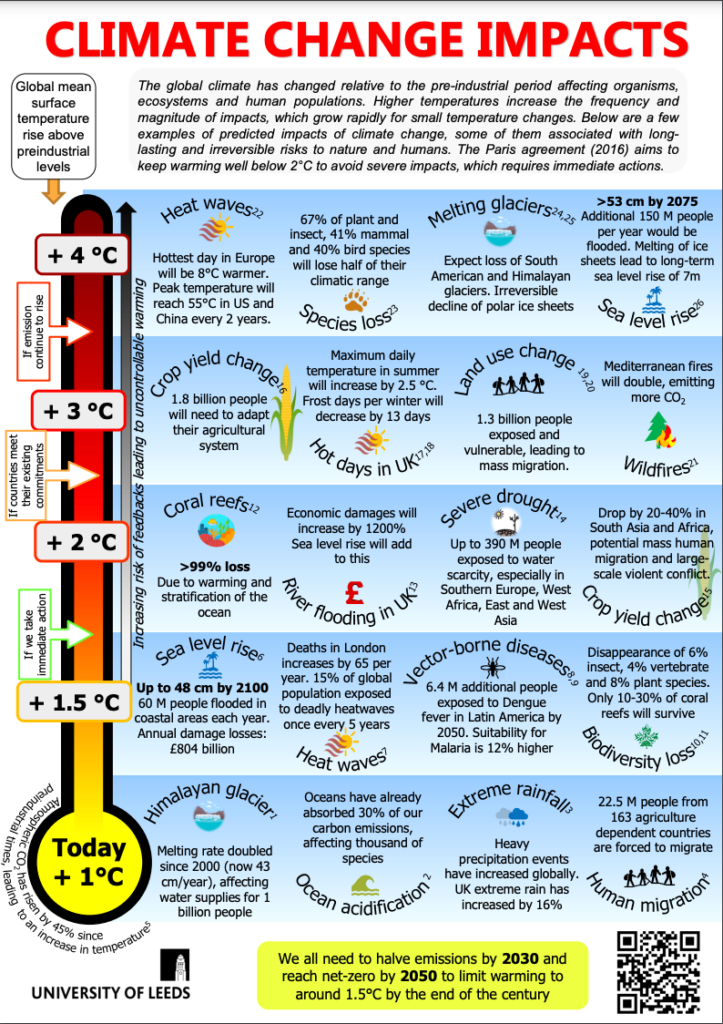
Taking Action: Individual Steps for a Sustainable Future
While global efforts are crucial to address climate change, individual actions can also make a significant difference. We all know that asindividual, we too contribute to greenhouse gas emissions through our daily activities. From the electricity we consume to the transportation we use, our choices have cumulative environmental impacts. Here are some practical steps you can take to reduce your carbon footprint and contribute to a sustainable future:
- Plant Trees: Trees absorb carbon dioxide from the atmosphere, helping to mitigate climate change. Plant trees in your community or support reforestation initiatives. Trust us when we say there is nothing more effective than planting more and more trees.
- Reduce, Reuse, Recycle: Minimize waste by reducing consumption, reusing items whenever possible, and recycling materials like paper, plastic, and glass. Because the more the waste, the more harm we cause to earth & environment.
- Conserve Energy: Reduce your energy consumption by turning off lights and appliances when not in use, using energy-efficient appliances, and insulating your home. Each additional / excess energy consumed uses resources that can be saved.
- Choose Sustainable Transportation: Opt for eco-friendly transportation options like walking, cycling, or using public transport. If you must drive, consider carpooling or choosing fuel-efficient vehicles. Not only does this save pollution, but shall contribute to controlling carbon emissions by us.
- Eat Sustainably: Reduce your meat consumption, as livestock farming is a major contributor to greenhouse gas emissions. Choose locally sourced and organic foods to support sustainable agriculture. Pesticides when used in excess from the recommended limit in agriculture harm the soil. Hence organic crops as preferred as they are grown without the use of chemicals.
- Educate and Advocate: Spread awareness about climate change and its impacts. Encourage your friends, family, and community to take action. Support policies that promote clean energy and sustainable practices.
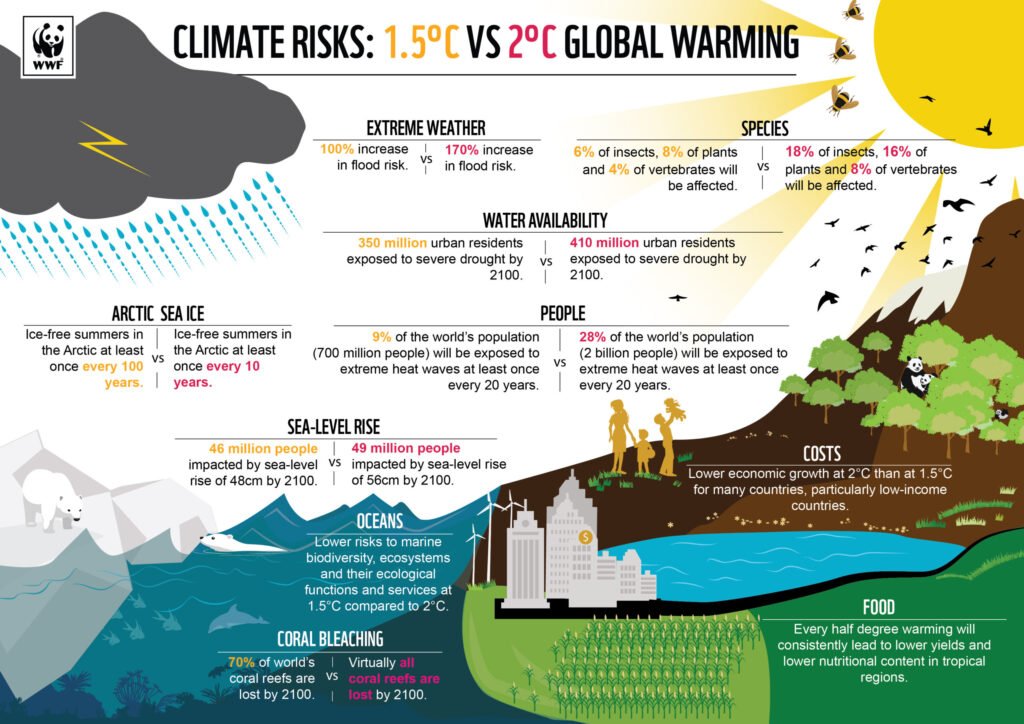
A Collective Effort for a Sustainable Future
Global warming and climate change are no longer a distant threat or a theoretical concept, they are present-day emergencies that demand immediate and decisive action. The crisis is too critical to ignore, but it is not insurmountable.
The next decade is critical. Scientists warn that without immediate and substantial reductions in greenhouse gas emissions, we risk irreversible environmental damage. We are the first generation to fully understand climate change and potentially the last with an opportunity to prevent its most devastating consequences.
Each of us has a role to play, whether through small lifestyle changes or advocating for systemic reforms. While individual actions are important, it is essential to support systemic changes and advocate for policies that prioritize sustainability.
By taking responsibility for our actions and encouraging others to do the same, we can ensure a livable planet for future generations. The time to act is now—because the Earth depends on us, and we depend on the Earth. Let us rise to the challenge and make a difference, one step at a time.











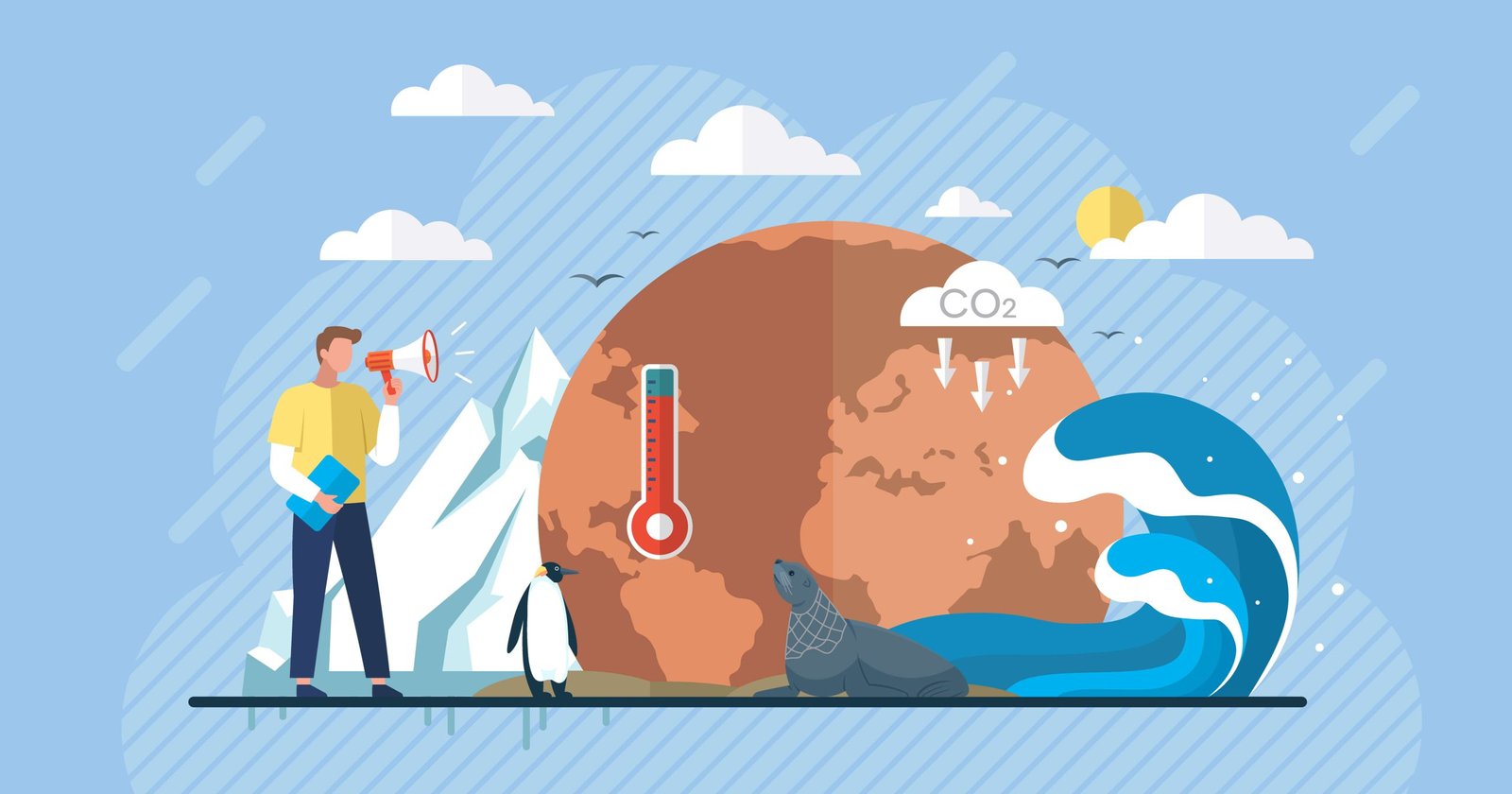




Noodlemagazine You’re so awesome! I don’t believe I have read a single thing like that before. So great to find someone with some original thoughts on this topic. Really.. thank you for starting this up. This website is something that is needed on the internet, someone with a little originality!
YouJizz I’m new to blogging, and I find your content genuinely inspiring. This post especially caught my eye. I’ll bookmark your site and regularly check for updates.
Your article helped me a lot, is there any more related content? Thanks!